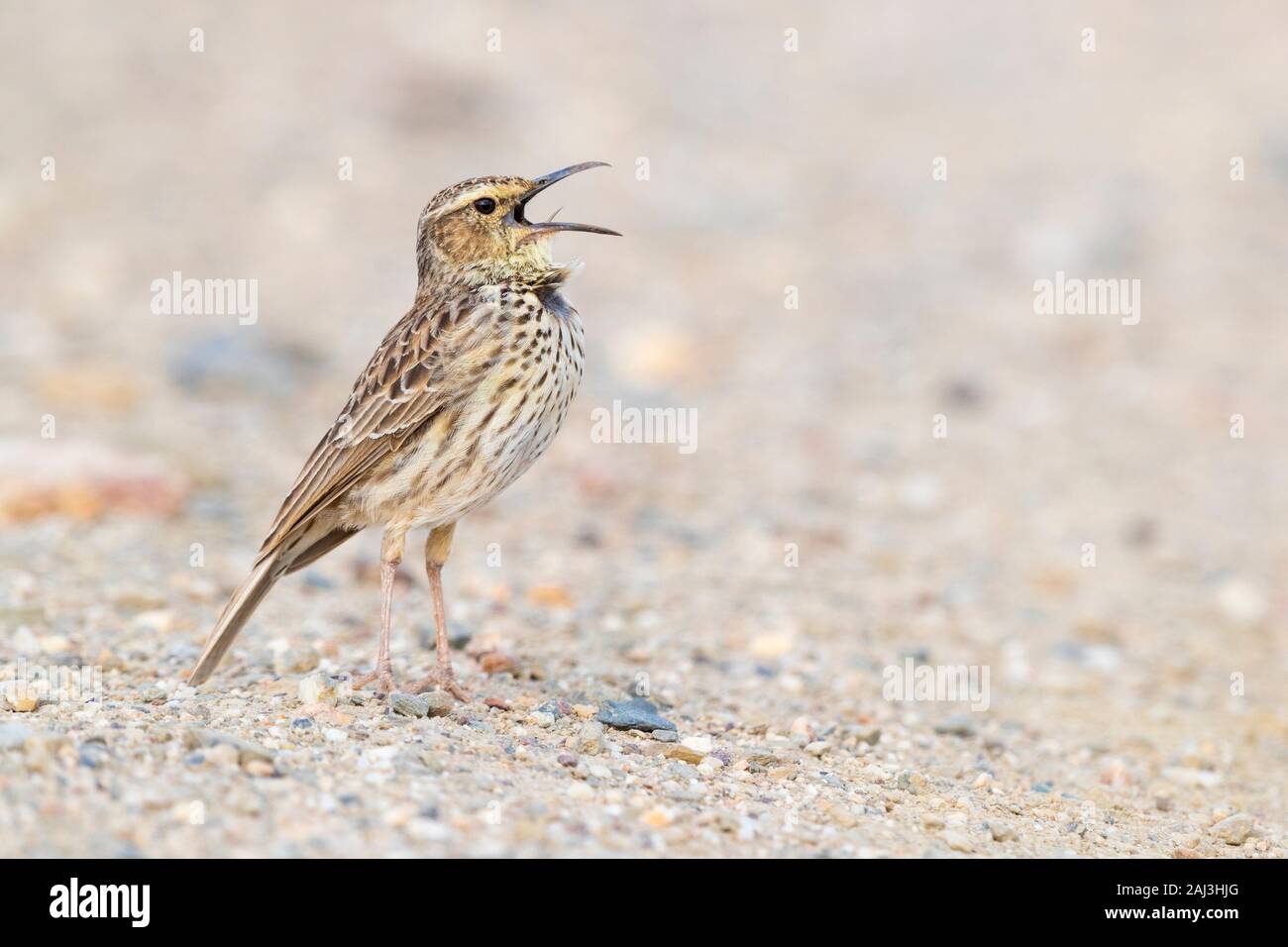The Certhilauda Albofasciata Robertsi: A Closer Look At The Long-billed Lark
Share
The Certhilauda albofasciata robertsi, commonly known as the Long-Billed Lark, is a fascinating bird species belonging to the family Alaudidae within the order Passeriformes. This article delves into the taxonomy, physical characteristics, habitat, diet, behavior, reproduction, and conservation status of this unique bird, providing birdwatchers and enthusiasts with valuable insights.

Taxonomy
The Long-Billed Lark is classified under the following taxonomic hierarchy:
- Order: Passeriformes
- Family: Alaudidae
- Suborder: Oscines
- Species: Certhilauda albofasciata
- Subspecies: robertsi
- Type: Certhilauda albofasciata robertsi Macdonald, 1953
The species was first described in 1953 by Macdonald in the Proceedings of the Zoological Society of London. The type locality is noted as Fountains, near Pretoria, South Africa. The genus Eremopterix was established by Kaup in 1836, with the type species designated later.
Physical Characteristics
The Long-Billed Lark is characterized by its elongated bill, which is well-adapted for foraging in its natural habitat. The plumage is typically a mix of browns and creams, providing excellent camouflage against the arid landscapes it inhabits. Adult birds exhibit a distinctive pattern that helps them blend into their surroundings, making them less visible to predators.

Habitat
This subspecies is known to inhabit the south-central Transvaal region of South Africa, specifically around Rustenburg, Middelburg, and Caroline. The Long-Billed Lark prefers open grasslands and savannas, where it can easily forage for food. The habitat is typically characterized by sparse vegetation, allowing the bird to spot potential predators while foraging.
Diet
The diet of the Long-Billed Lark primarily consists of seeds, insects, and other small invertebrates. Its long bill is particularly useful for extracting seeds from the ground and probing into the soil for insects. This dietary flexibility allows the bird to thrive in its arid environment, where food sources may vary seasonally.

Behavior
The Long-Billed Lark is known for its melodious song, which is often heard during the breeding season. Males are particularly vocal, using their songs to establish territory and attract mates. The bird is generally ground-dwelling, often seen foraging alone or in small groups. Its behavior is characterized by quick movements and a tendency to remain hidden among the grasses.
Reproduction
Breeding typically occurs during the warmer months, with nests constructed on the ground in sheltered locations. The female lays a clutch of eggs, which she incubates alone. After hatching, both parents are involved in feeding the chicks until they fledge. The breeding success of the Long-Billed Lark can be influenced by environmental conditions, such as rainfall and food availability.

Conservation Status
Currently, the conservation status of the Long-Billed Lark is not well-documented, but habitat loss due to agricultural expansion and urban development poses a potential threat. Conservation efforts focused on preserving natural grassland habitats are essential for ensuring the survival of this species.
Birdwatching Tips
For birdwatchers interested in observing the Long-Billed Lark, the best locations are the open grasslands of south-central Transvaal. Early mornings or late afternoons are ideal times for spotting these birds, as they are more active during these periods. Listening for their distinctive songs can also help locate them in the field.

The Certhilauda albofasciata robertsi is a remarkable bird that plays a vital role in its ecosystem. Its presence indicates a healthy grassland habitat, and its unique adaptations make it a subject of interest for ornithologists and birdwatchers alike. Observing this species in its natural environment offers a glimpse into the intricate web of life that thrives in South Africa's grasslands.